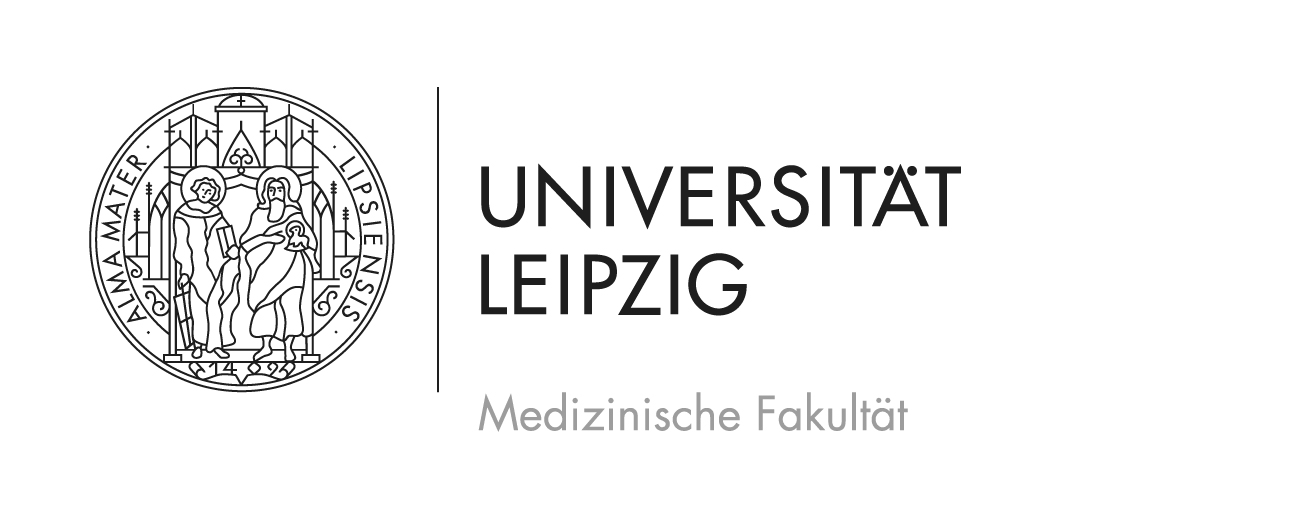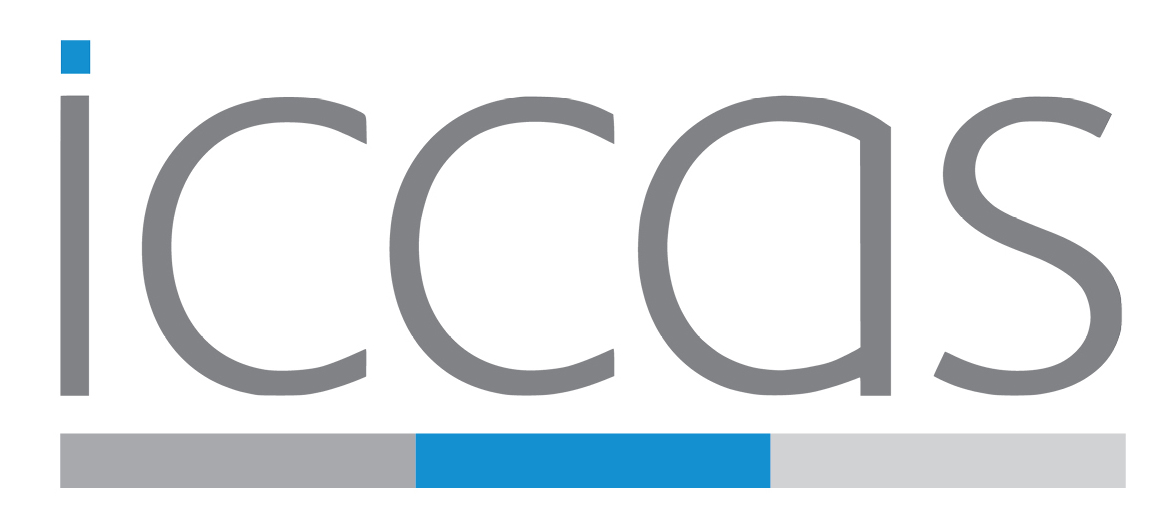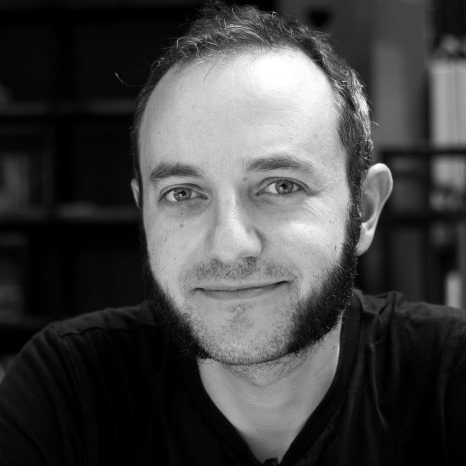


Jean-Baptiste.Tylcz@medizin.uni-leipzig.de
+49 341 97-12034
Nach seinen beiden Master-Abschlüssen in automatischer Steuerung und in Signal- und Bildverarbeitung promovierte Herr Jean-Baptiste Tylcz 2013 in automatischer Steuerung. Seine Dissertation befasste sich mit der Steuerung der zytotoxischen Phase der photodynamischen Therapie und umfasste die technische Integration einer experimentellen Plattform, die Entwicklung von Algorithmen und Validierungsexperimente [1]. In diesem Zusammenhang erlangte er seinen Abschluss in Tierversuchen, die es ihm ermöglichten, seine neue Plattform in vivo zu testen. Der von ihm entwickelte Steuerungsalgorithmus wurde 2014 als neuer Controller zur Optimierung der photodynamischen Therapie patentiert [2]. In dieser Zeit entwickelte er auch Modelle und wandte Identifizierungsmethoden auf biologische Systeme an, wie die Aufnahme und Freisetzung von Kontrastmitteln auf der Basis von Nanopartikeln auf T1-MRT-Bildern [3] und die Modellierung des Angiogenese-Phänomens, das während des Tumorwachstums auf der Grundlage von Blutgefäßbildern auftritt [4]. Für letzteres erstellte er ein Matlab-Programm, das Eingabebilder aufnahm und Modellschätzungen lieferte, die von Biologen zum Vergleich herangezogen wurden.
Von 2014 bis 2016 arbeitete Herr Tylcz für das französische Nationale Institut für Gesundheit und medizinische Forschung (INSERM) an der Fluoreszenzdetektion und -überwachung sowie an verschiedenen Anwendungen der photodynamischen Therapie bei gynäkologischen, neurologischen und dermatologischen Krebserkrankungen, wobei er neue Lichtabgabesysteme wie z. B. einen lichtemittierenden Stoff entwickelte [5]. Während dieser Zeit war er an zahlreichen In-vitro- und In-vivo-Experimenten sowie an klinischen Studien beteiligt.
Von 2017 bis 2018 wandte er Methoden der Signalverarbeitung und des maschinellen Lernens zur automatischen Erkennung und Klassifizierung von Kontraktionsschüben bei Risikoschwangeren am französischen Nationalen Zentrum für wissenschaftliche Forschung (CNRS) an [6].
Seit 2019 arbeitet Herr Tylcz in der BDA-Gruppe, wo er sich auf die Entwicklung neuer Methoden und Algorithmen zur Verarbeitung von Biosignalen wie Photoplethysmogrammen oder Beschleunigungsmessungen für Depressionsstudien und die Nachbeobachtung von Schlaganfallpatienten konzentriert.
Während seiner Ausbildung und seiner Berufserfahrung konnte er seine Hauptkompetenzen in den Bereichen biomedizinische Signalverarbeitung, Informatik und maschinelles Lernen ausbauen. Schließlich spielten auch die Systemintegration und technologische Entwicklungen eine wichtige Rolle.
[1] Tylcz, J. B., T. Bastogne, A. Bourguignon, et al. (2017). “Realtime Tracking of the Photobleaching Trajectory During Photodynamic Therapy”. In: IEEE Transactions on Biomedical Engineering 64.8, pp. 1742–1749.
[2] Bastogne, T. and J.-B. Tylcz (2014). “Apparatus for controlling the activation of a photosensitizer in a biological tissue”. EP2737926 (A1).
[3] Tylcz, J. B., T. Bastogne, H. Benachour, et al. (2015). “A Model-Based Pharmacokinetics Characterization Method of Engineered Nanoparticles for Pilot Studies”. In: IEEE Transactions on NanoBioscience 14.4, pp. 368–377.
[4] Tylcz, J.-B., K. El Alaoui-Lasmaili, et al. (2015). “Data-driven modeling and characterization of anti-angiogenic molecule effects on tumoral vascular density”. In: Biomedical Signal Processing and Control 20, pp. 52–60.
[5] Tylcz, J.-B., C. Vicentini, and S. Mordon (2016). 4 – Light emitting textiles for a photodynamic therapy. In Smart Textiles and their Applications. Woodhead Publishing Series in Textiles, pp. 71–87.
[6] Tylcz, J.-B. et al. (2020). “An Automatic Method for the Segmentation and Classification of Imminent Labor Contraction From Electrohysterograms”. In: IEEE Transactions on Biomedical Engineering 67.4, pp. 1133–1141.